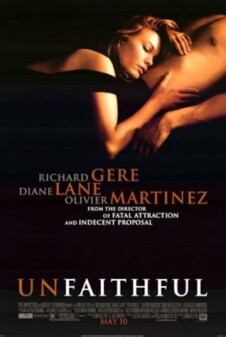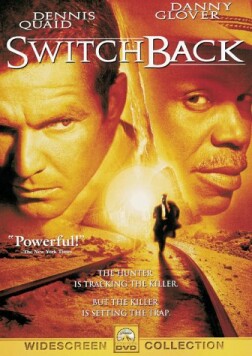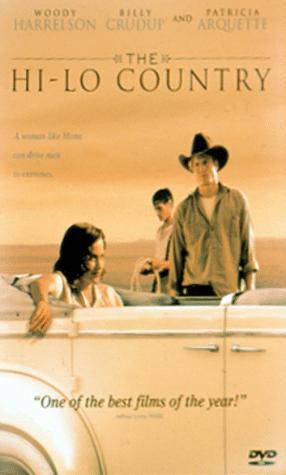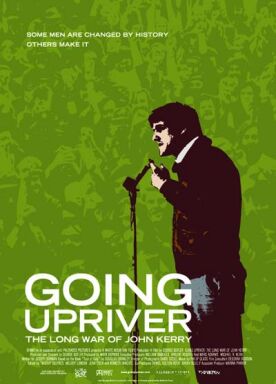Unfaithful
If Hollywood ever paid any attention to the opinions of critics, it might have some respect for the general rule that you shouldn’t remake movies and that, if you do, you should never ever remake French movies. Adrian Lyne’s last film, Lolita, was not exactly a remake of Stanley Kubrick’s 40 year-old version of Nabokov’s novel, but it was so good that it must have inspired in him a sort of hubris to think that he could remake Claude Chabrol’s classic of 1969, La Femme Infidèle. Like the heroine of Unfaithful, played by Diane Lane, he shouldn’t have allowed himself to be seduced. For in this movie, what Richard Gere’s husband does to Olivier Martinez’s French lover is pretty much what Lyne does to Chabrol’s French film.
What I think the director of Fatal Attraction was trying to capture was the elemental quality of Chabrol’s picture, the sense of sexual passion and sexual propriety as a universal categories. Hence his title is an adjective without a noun. The people who are unfaithful are not really important, and we get to know nothing about them that is not superficial. In fact, Constance, Miss Lane’s naughty wife, appears to have virtually no character, will or individuality. She is a cipher, passively passionate. All that is important about her is summed up in her sufferings, her feelings of desire and regret.
This story of adultery is thus not at all like Madame Bovary or Anna Karenina, both of whose characters are strikingly individual. Instead, Lyne’s model has been the almost generic Paolo (M. Martinez’s character is called Paul) and Francesca in the fourth circle of Dante’s Inferno, who are represented by the poet as being forever blown about on the wind of their illicit passion. In fact, Lyne makes his own symbolic wind literally throw the two lovers together in his opening scenes. Such literalism is characteristic of the heavy-handedness involved in such leaden ironies as naming his heroine Constance or making her cuckolded husband the head of Sumner Armored Security. Likewise, he can’t resist showing off his little showman’s tricks, as when an elevator gets stuck while a murderer and the lifeless product of his crime passionnel are being conveyed in it, or a car is rear-ended while there is a body in the trunk.
Suddenly, in other words, it has become a film about the disposal of a corpse, as subsequently it is about the cover-up of a murder, and not about marriage or infidelity at all. Even when the body is being disposed of at a landfill (are there landfills still in easy reach of suburban Long Island?), Lyne indulges himself in self-quotation by making his blasted wind blow again. What is lost in the employment of such movieish machinery is not only the delicacy and subtlety of the French original but also its power. For the impact of Chabrol’s film lies in the sense it conveys of something deeply ingrained and primitive in the relations between the sexes, something reminiscent of the days when a woman’s sexuality was supposed to be the property of her husband, and had to be defended to the death — either his own or that of the lover.
Accordingly, Chabrol’s heroine, unforgettably played by Stéphane Audran, triumphs by striking a perfect balance between the impulse that leads to her revolt and a shocking satisfaction at the implied affirmation in its violent resolution. There is nothing of this in Lyne’s film. In a way it is the very antithesis of Chabrol. There is no act of will, no sense of mutual responsibility either betrayed or affirmed, because no one is responsible for anything; everyone is in the grip of a power like that of the wind — of passion, of circumstance, of fate — which is stronger than he or she is, and so it is pointless to blame anyone. Incredibly, its key moment comes when Connie’s little boy, Charlie, played by the adorable Erik Per Sullivan from “Malcolm in the Middle,” wets his bed and mommy comforts him by saying: “It’s OK, honey. It’s an accident. Everybody has accidents.”
We hardly need such a reminder of how the concentration on feelings — and Mr Gere and Miss Lane are both, clearly, world-class emoters — ends up rendering everything banal. So when the surviving couple at last know that each knows what the other has done, there is a horrible, sickening moment when you realize that, now, they are going to have to talk about it. And, sure enough, before you know it someone is saying, “We’ll get through this; we’ll take it one day at a time.” It is a shameless descent into bathos but perfectly consistent with the general policy of allowing emotion its free rein. If neither the adultery or the murder is, really, anybody’s fault, being the consequence of overwhelming passion, what is left to do but to compare notes on the feelings and offer each other such little fillips of encouragement? At least we understand that adultery “isn’t like taking a pottery class.”
Perhaps that’s the most we can hope for in the way of movie-morality these days. Similarly, the one sort-of good thing about the picture is director of photography Peter Biziou’s visual lushness. It conveys such an extraordinary sense of sexual intimacy that you may want to avert your eyes during the sex scenes — not from prudery but from a sense of violation of privacy. In a better-conceived and more morally sophisticated film, this visually established intimacy might have provided the beginning out of which could have been established an understanding of the reason why sex is traditionally supposed to be reserved to marriage — and of why, therefore, adultery is not just sad but wrong. But that would presumably not have been a commercially successful point of view.
Discover more from James Bowman
Subscribe to get the latest posts to your email.








